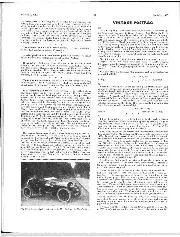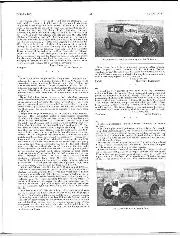

Vintage Postbag, March 1959
Sir, After nearly 30 years or more I recalled, in a conversation recently, the time when the late Sir Henry Segrave (then Major H.O. D. Segrave), visited Cliftonville on behalf…
So the special shows a saving of gio 12s. Od. on a basis that in no way favours it. Admittedly it will have tO be built, for it is some years since the lesser dealers could be relicd on to produce such vehicles %vhieli their builders had passed on. Against that, aml especially if Frazer-Nash transmission is used, the ratios can be judged to suit competition work. and even varied event hy rvci it. and the relatively large, virtually standard, engine pulling a high t op gear, should be essentially reliable. If weight distribution is carefully worked out, a decent coinpromise should be possible between racing and trials requirements. In trials and handicapped races a 2-litre engine will be no disadvantage, nor is this class over-crowded so far as sprints are concerned. And four seasons ago, the special-award averages
in both the and ‘. Speed trials were 64 m.p.h. and 71.9 m.p.h. respectively for ears of this size, well within the capabilities of an 80-85 m.p.h. car. ‘Indeed, judging by Gallon’s
car, a untuned engine should do the trick, with a total saving over the hotted-up 8 h.p., on the aforementioned basis, of nearly £20. Of course, it all depends on bow many repair bills need Li) be tact, hut surely it. can be argued that of the two types the special is likely to he the more immune ? Yet. people still say, Why build the thing ? A used baby, properly tuned, will be just IS quick.” Considered as an elementary study in motoring economies. the ease for the special sl ill seems to he a very reasonable (lilt.



